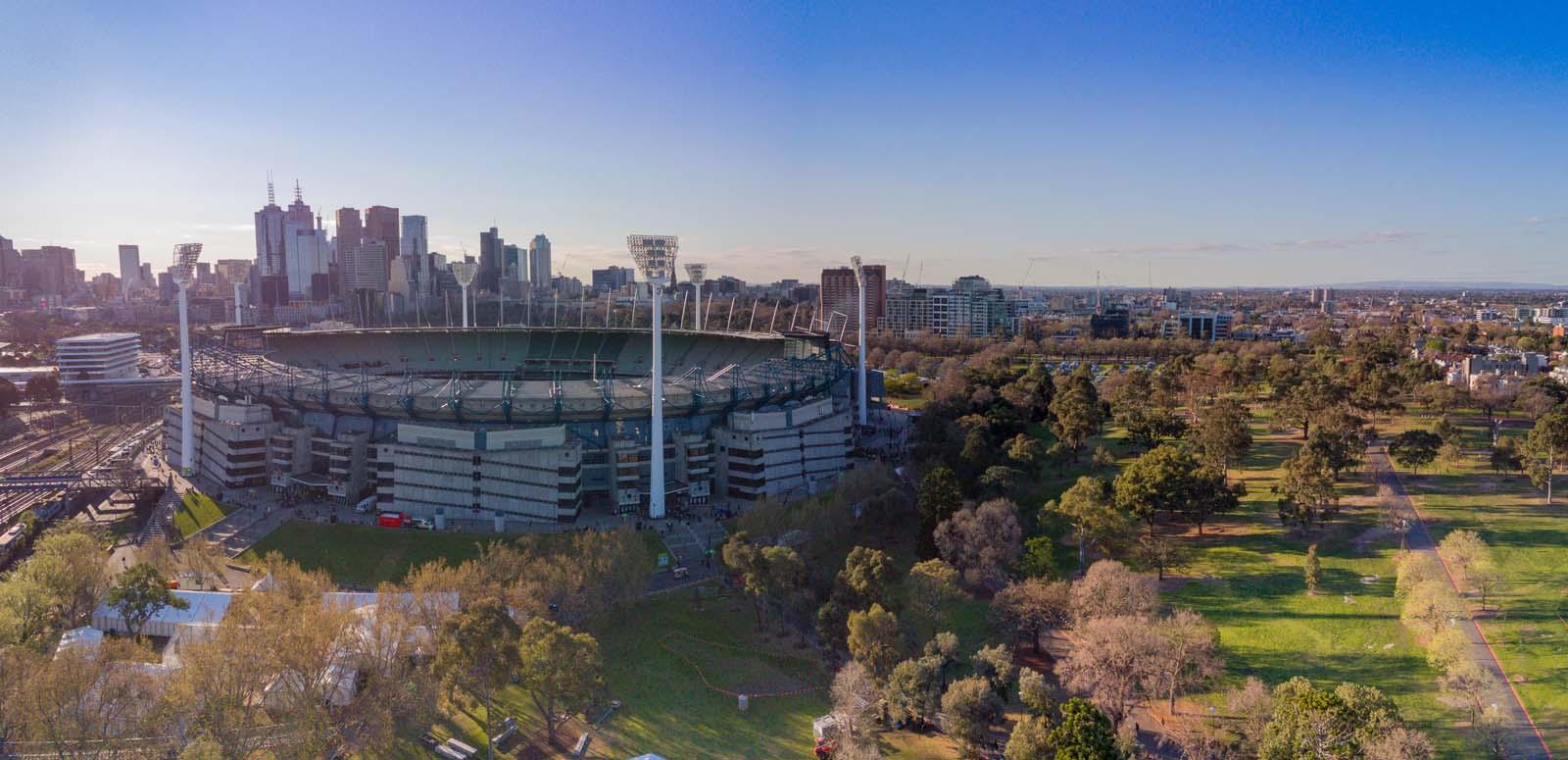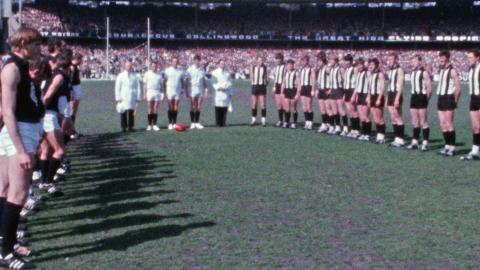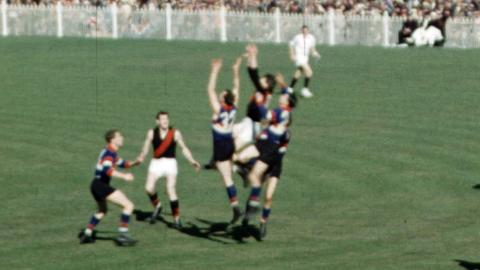

Aussie Rules
Aussie Rules
From its origins as the Victorian Football League to becoming a national competition in the 1980s, AFL is arguably the nation's most popular sport.
In this curated collection you will find the earliest known surviving footage of a game (from 1909), some footage about the Indigenous game 'Marn Grook' and excerpts from an oral history by sports commentator Dennis Cometti, who for many of us was the voice of the Australian Football League.
WARNING: this collection may contain names, images or voices of deceased Aboriginal and Torres Strait Islander people.
The National Film and Sound Archive of Australia acknowledges Australia’s Aboriginal and Torres Strait Islander peoples as the Traditional Custodians of the land on which we work and live and gives respect to their Elders both past and present.


